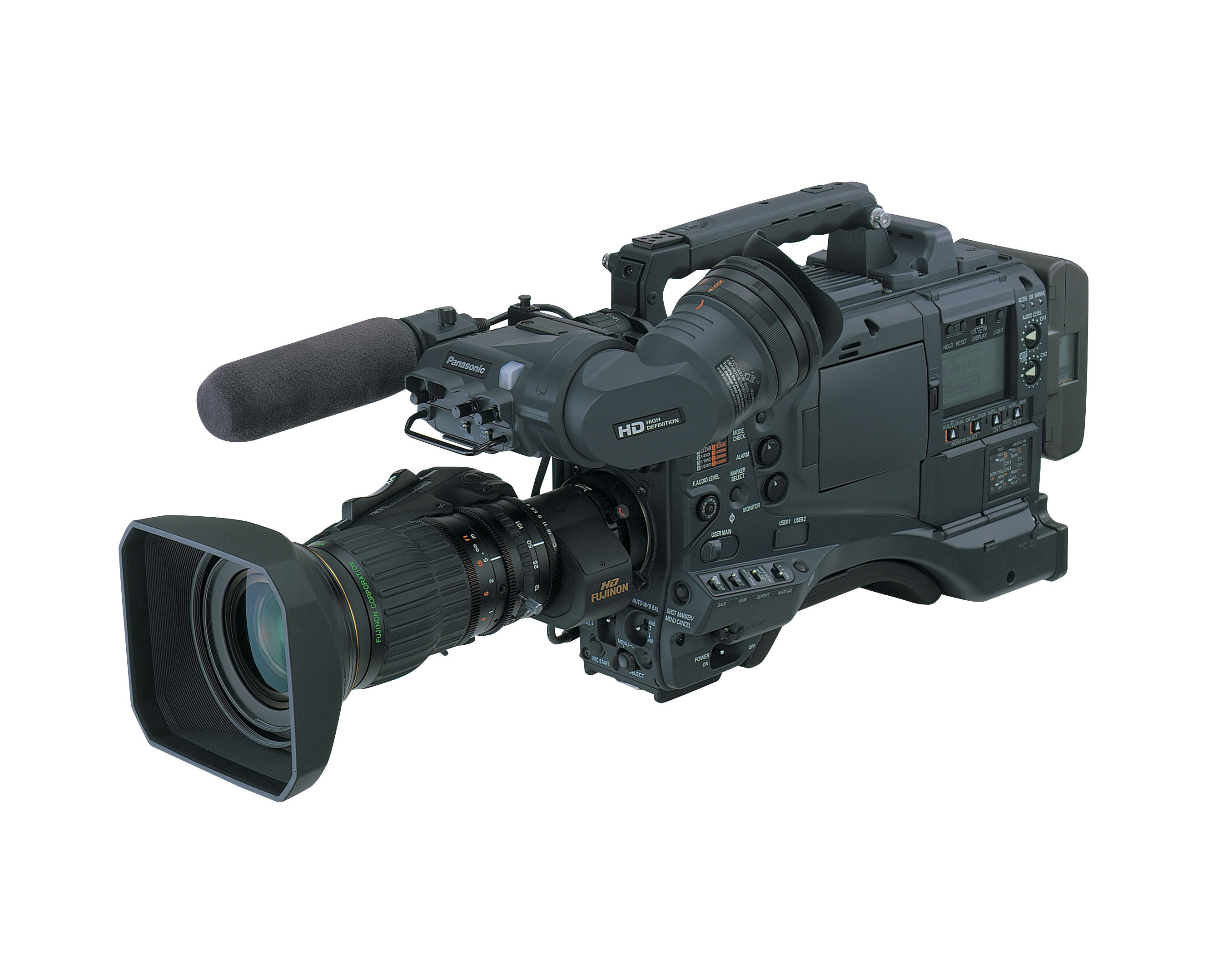HD Webcast Video Production: Choosing a Video Camera
This article will be the first in a series of articles on webcasting and will cover a wide range of topics including video cameras, video switchers, converters, computer inputs, audio, reference monitors, webcast hardware, webcast software, live streaming services providers, and some additional hardware that is important in order to produce a professional live webcast.
Live streaming video webcasts are a lot more complicated than the workflow that most video producers are accustomed to when they film, edit, and upload a video to a video host. Part of the challenge is that webcasting workflows change so frequently due to the rapid rate of technological advancements and consumer preferences.
I've been involved in webcasting since 2004 and have witnessed several generations of webcasting workflows, ranging from the early days of low-bandwidth/low-resolution SD webcasts that could be viewed on Windows computers to modern high-definition webcasts that can be viewed on both Mac and Windows computers, along with a wide range of mobile devices.
Regardless of the webcast generation, they all have specific workflow requirements and generally can fall apart with a single weak link in the chain.
Just as you can't write a single article that adequately covers the entire workflow and equipment required to make a movie, wedding video, or similar niche video production, I'm not going to try to summarize webcasting in a single article. This article will be the first in a series of articles on webcasting and will cover a wide range of topics including video cameras, video switchers, converters, computer inputs, audio, reference monitors, webcast hardware, webcast software, live streaming services providers, and some additional hardware that is important in order to produce a professional live webcast.
Video Camera Selection
There are several ways you can categorize video cameras. Size, cost, form factor, number/type/size of sensor(s), resolution, internal codecs, recording media, video outputs, battery types, lens options, zoom control, LCD size/position/resolution, and lots more. So where does a webcast video producer start when evaluating which video camera(s) are the best for their webcast video workflow?
I'm going to keep this series of articles specific to HD workflows and this article on video cameras limited to HD workflows because the demand for SD overall is decreasing and HD webcast workflows are on the rise.
I like to categorize HD video cameras in four categories: ENG Video Cameras, camcorders, PTZ CCTV and POV cameras, and Large Sensor Video Cameras. Each has pros and cons and I will discuss them below:
ENG Video Cameras

The Panasonic AJ-HPX3700
ENG cameras get their name from the news industry that they are designed for. Electronic News Gathering cameras are what TV stations use predominantly and these shoulder mount style video cameras generally have a trio of larger 1/2" or 2/3" sensors and feature interchangeable broadcast video lenses. ENG cameras can be tripod mounted although may require a heavier-duty tripod and tripod mount adapter.
Lens selection on an ENG camera is different from lens selection on a photo DSLR and camcorder, mostly because ENG video lenses are designed for video, DSLR lenses for photos, and most camcorders have fixed lenses so you cannot change lenses, only adapt them. ENG lenses are generally the easiest to smoothly focus and zoom in and out but an ENG lens and ENG body are much more expensive than a traditional fixed-lens camcorder.
Photos lenses are generally not parfocal--meaning they don't hold focus when you zoom out--and don't always have evenly dampened zoom and focus rings. Some ENG lenses even have 2x doublers built-in that extend the lens range similar to how a lens adapter works: They magnify the image but there is a loss of light when they are used.
Outside of technical performance, the large form factor of an ENG camera kit commands respect and adds shoulder-mount versatility but generally cost a lot more than a camcorder. ENG cameras cost in the tens of thousands of dollars, as do their lenses.
Related Articles
In this ongoing Streaming Media Producer series on webcast video production, Shawn Lam covers the video format converters he uses in his own HD webcast workflows, and one new converter that just might be the video converter, scaler, and distribution amplifier to rule them all.
Now featuring a new interview from NAB 2013 on the Sound Devices Pix240i, this article looks at a handful of portable and rackmount external video recorders for live HD production, specifically in the role of recording the master program feed from a live switch.
This article is the fourth in a series on webcast video production and discusses video switchers, including the cost and features that differentiate several popular models.
The Sony NEX-FS700 has much to recommend it as a top-flight large-sensor, interchangeable-lens camcorder and as a worth-the-upgrade successor to the Sony FS100. And it's 4k support and 10x slo-mo are nothing to sneeze at. But what makes it the best camera in the market for webcast producers?
Part 2 of this series on webcast video production focuses on Sony's NEX-FS100 large-sensor camcorder and new capabilities added via a firmware upgrade that (among other things) makes it compatible with Sony's LA-EA2 lens adapter. While it's not as strong a webcast camera as the FS700 (review coming soon), it still has much to recommend it.